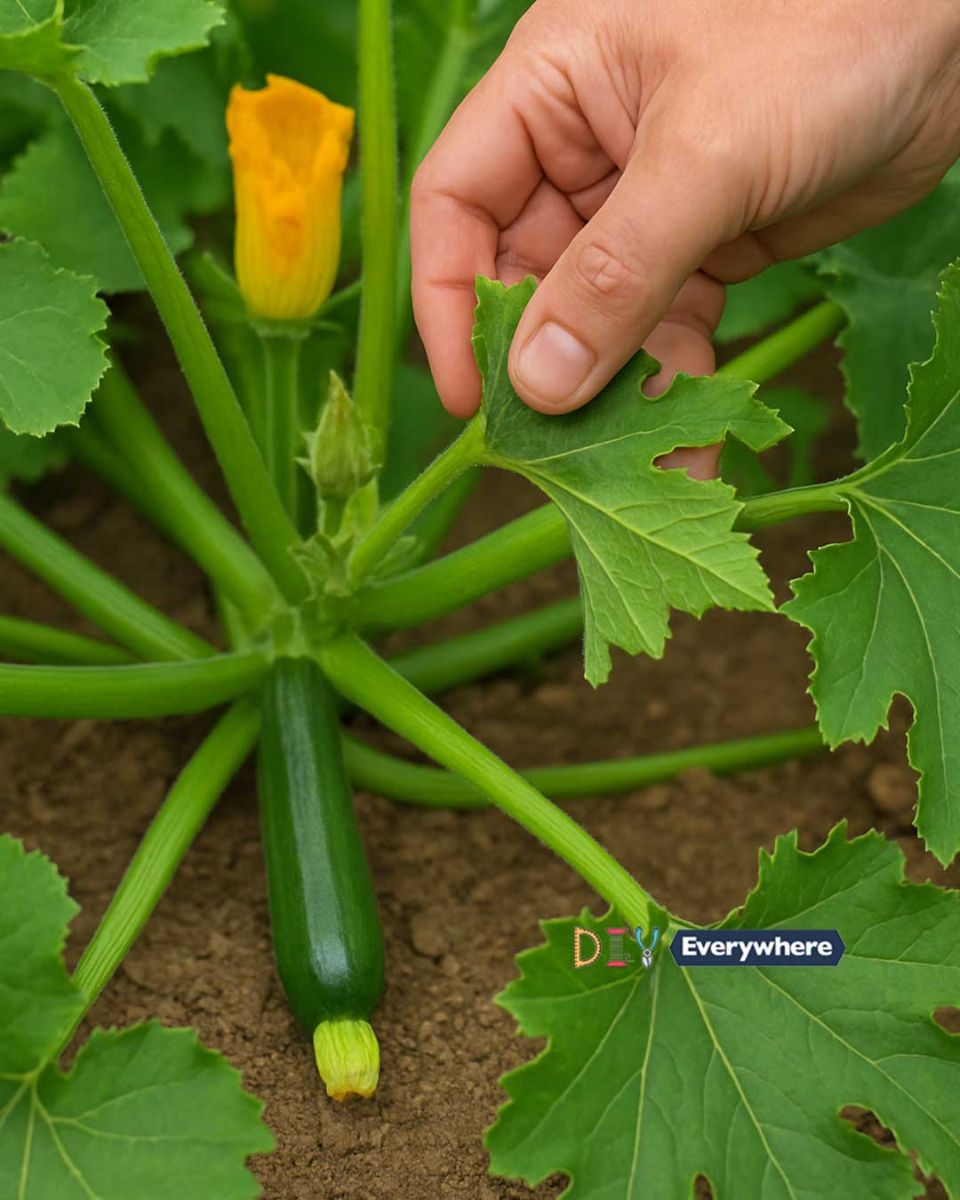Continued on next page…
One common misconception is that removing leaves will help prevent diseases such as powdery mildew by increasing airflow. While it’s true that good airflow is important, stripping leaves is not the solution. In fact, removing too many leaves can stress the plant and make it more susceptible to diseases.
Another misconception is that fewer leaves will direct more energy to fruit production. However, since leaves are the source of energy, removing them can actually reduce the plant’s ability to produce fruit. It’s important to strike a balance and only remove leaves when absolutely necessary.
3. The Importance of Photosynthesis for Plant Health
Photosynthesis is the process by which plants use sunlight to synthesize nutrients from carbon dioxide and water. This process occurs in the chlorophyll-containing cells of the leaves. For zucchini plants, photosynthesis is vital for producing the energy needed for growth and fruit development.
Without sufficient leaves, a zucchini plant cannot photosynthesize effectively, leading to stunted growth and poor yields. Each leaf contributes to the plant’s energy reserves, and removing them indiscriminately can severely impact the plant’s health and productivity.
4. How Leaves Protect Zucchini from Pests and Diseases
Leaves serve as a natural barrier against pests and diseases. They can deter insects from reaching the stems and fruit, and they also help to shield the plant from fungal spores and other pathogens. By maintaining a healthy canopy of leaves, you can reduce the likelihood of pest infestations and disease outbreaks.
Additionally, leaves produce certain chemicals that can repel pests. These natural defenses are compromised when leaves are removed, leaving the plant more vulnerable to attacks. It’s important to keep the plant’s natural defenses intact by preserving its leaves.
5. The Impact of Leaf Removal on Zucchini Yield
Removing leaves from zucchini plants can have a direct impact on yield. Since leaves are responsible for photosynthesis, fewer leaves mean less energy is available for fruit production. This can result in smaller fruits or a reduced number of fruits overall.
Studies have shown that plants with a full canopy of leaves produce more fruit than those with stripped leaves. For optimal yields, it’s essential to maintain a healthy number of leaves throughout the growing season.
6. Popular Viral Hacks: What Works and What Doesn’t
In recent years, several viral gardening hacks have suggested removing leaves to boost plant health and yield. However, many of these hacks are based on misconceptions and can do more harm than good. For example, some suggest removing all but the top few leaves to focus energy on fruit production, but this can actually reduce the plant’s ability to photosynthesize.
Instead of following these hacks, it’s better to rely on proven gardening techniques that prioritize the plant’s overall health and well-being. Always question the validity of viral advice and consider the science behind plant growth before making drastic changes.
7. Proper Pruning Techniques for Zucchini Plants
ADVERTISEMENT

